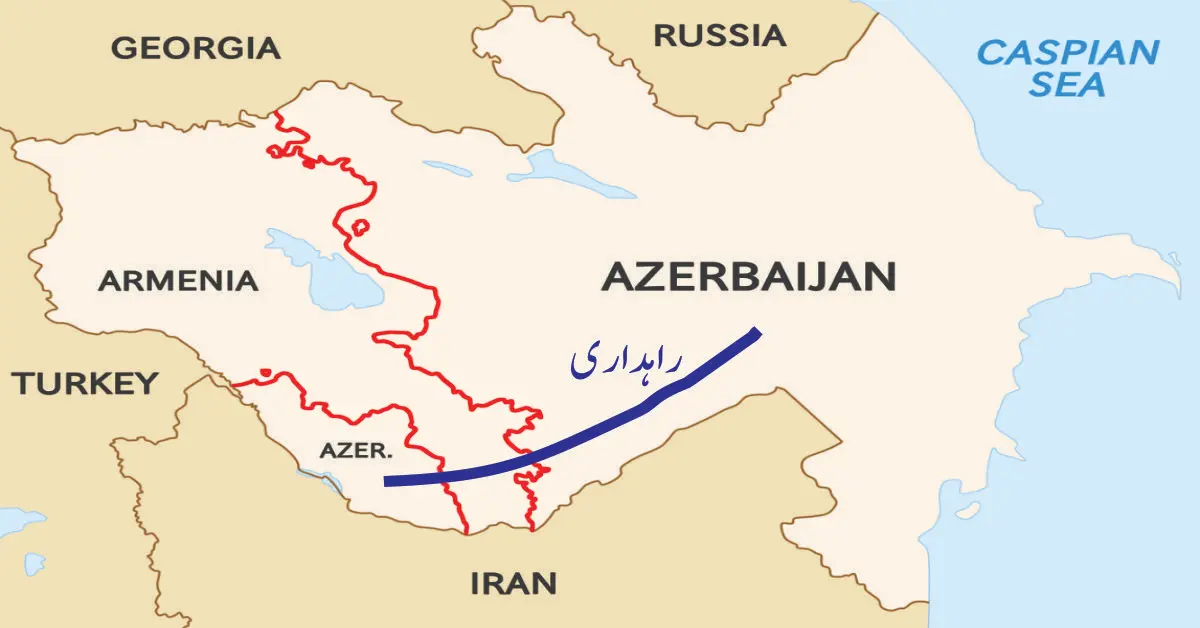What is in the Armenia–Azerbaijan Peace Framework under Trump’s Chairmanship?

On August 8, 2025, Armenia–Azerbaijan peace framework was agreed upon at the White House under the chairmanship of U.S. President Donald Trump. The key points of this historic peace framework are as follows:
- As a result of this agreement, a final step toward ending the Nagorno-Karabakh conflict appears in sight.
- According to the agreement, a major transit corridor will be constructed. This transit corridor will start from Mainland Azerbaijan, pass through Armenia’s southern Syunik province, and reach Azerbaijan’s geographically separated Nakhchivan province. This way, the corridor will give Azerbaijan’s central territory direct land access to Turkey, since Nakhchivan shares a border with Turkey. This transit corridor is being referred to in the media as the “Trump Route” or “TRIPP” (Trump Route for International Peace and Prosperity). It is essentially the same area that was previously known as the “Zangezur Corridor.”
- In addition, the agreement signals the dissolution of the OSCE Minsk Group, which had been privately leading the negotiations over the Nagorno-Karabakh conflict.
- Under this new peace framework, the United States will gain special development rights in the highly contested Zangezur Corridor in the South Caucasus. Furthermore, U.S. forces will play a role in maintaining peace in the region. This development is surprising not only for Russia but also for Iran and Turkey, as all three countries have economic and political interests in this strategic region.
What benefits will the transit corridor (TRIPP) bring?
(a) Economic and trade benefits
- The corridor will become part of the “Eurasian Transport Network,” enabling faster and cheaper transportation of goods.
- It will be a segment of the potentially highly lucrative east–west trade route known as the “Middle Corridor,” which connects China and Central Asian countries to Turkey via Azerbaijan.
- Corridor will open an uninterrupted land route between Turkey, Armenia, Azerbaijan, and Central Asian states.
- Armenia will also benefit, as it will gain a new land trade route in addition to Georgia and Iran. The Turkey–Armenia border has been mostly closed for over 30 years since Turkey shut it in 1993 in support of Azerbaijan.
- Iran and Russia will also have new trade opportunities through this route.
(b) Geopolitical benefits
- Azerbaijan’s Mainland will be connected to the Nakhchivan province without the need to pass through Iran.
- Turkey will gain direct land access to the Caucasus, furthering its “Turkic World” connectivity plan.
- The U.S., by participating as a mediator and overseer, will increase its influence in the region, especially in competition with Russia.
(c) Peace and stability aspect
- According to the agreement, the corridor will be for civilian and commercial use, not military purposes.
- Its security will be under an international force or joint management to prevent any party from taking military control again.
Who is threatened by the Armenia–Azerbaijan peace framework and Transit Corridor?
- For Putin, this agreement is a blow, as U.S. forces will have a role in maintaining peace in the region under this framework.
- The U.S. now has an opportunity to expand its influence in the South Caucasus, while Central Asian countries are looking toward China, Turkey, and other partners instead of Russia.
- For Russia and Iran, U.S. involvement in the Zangezur Corridor poses a threat to their control over the north–south trade routes.
- Armenia and Azerbaijan moving toward peace under Trump’s leadership shows that after the Ukraine war, Russia’s neighbors have become cautious and no longer see Moscow as a reliable partner.
Introduction to Mainland Azerbaijan
Mainland Azerbaijan refers to the areas of Azerbaijan located in the central part of the country that belong directly to Azerbaijan’s primary geographical region — that is, the largest and contiguous landmass of the country.
This region is mostly located in the eastern Caucasus and extends to the western shore of the Caspian Sea. Mainland Azerbaijan includes most of the important provinces (administrative divisions), such as:
- Baku – the capital and largest city (also part of the mainland)
- Ganja – province and its surroundings
- Shirvan
- Lankaran
- Regions like Qabala, Shaki, Ganja, Sumqayit, etc.
In contrast, Azerbaijan’s geographically isolated region, the Nakhchivan Autonomous Republic, is not part of the mainland because it is separated by Armenia.
Introduction to the South Caucasus
The South Caucasus is a geographical and cultural region located at the intersection of Eastern Europe and Western Asia. It is sometimes called Transcaucasia. The region lies south of the Caucasus Mountains and consists of three countries:
- Georgia
- Armenia
- Azerbaijan
To the north, the Caucasus Mountains separate it from Russia. To the south, it borders Turkey and Iran. To the east is the Caspian Sea, and to the west is the Black Sea.
Key features of the South Caucasus:
Historical significance: Since ancient times, this region has been used as a trade, military, and cultural corridor between East and West, especially as part of the historic Silk Road.
Ethnic and linguistic diversity: Home to many languages and ethnic groups, including Armenians, Azeris, Georgians, and various Caucasian tribes.
Religious diversity: Armenia is majority Christian (Armenian Apostolic Church), Azerbaijan is majority Muslim (mostly Shia), and Georgia is majority Eastern Orthodox Christian.
Economic importance: Known for oil, gas, mineral resources, and agricultural output. Azerbaijan, in particular, is prominent in the energy sector.
Political importance:
The South Caucasus is geopolitically significant because it lies at the crossroads of Russian, Turkish, Iranian, and European Union interests. Border disputes and ethnic tensions are common here, the most famous being the Nagorno-Karabakh conflict between Armenia and Azerbaijan that lasted for decades.
